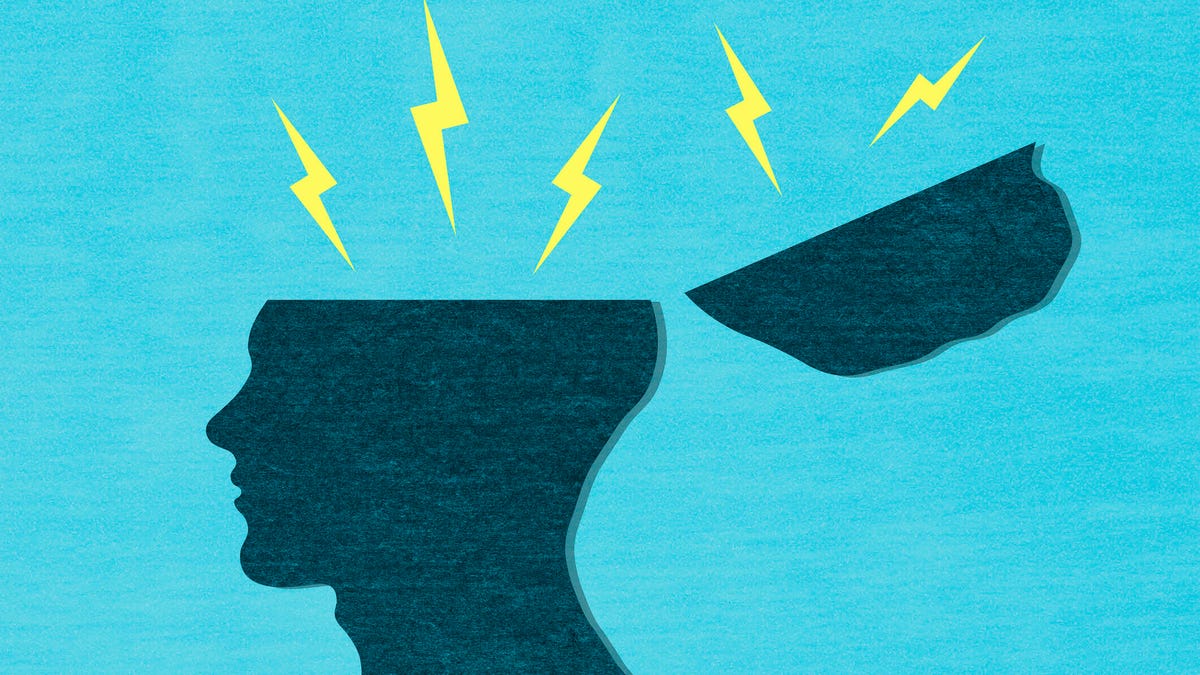Developer Launches AI-Powered App to Predict Sensory Overload for Neurodivergent Users

Key Points
- Jennifer Opal created ssensimm after a personal sensory overload incident at an airport.
- The app integrates with wearables like Apple Watch, Oura Ring, and Ultrahuman Ring.
- Claude AI analyzes real‑time data to predict potential sensory challenges.
- Proactive recommendations include quieter venues, alternate routes, and alerts to trusted contacts.
- All data processing occurs locally on the device, ensuring privacy and offline functionality.
- The free app is not monetized and aims to support neurodivergent users worldwide.
- Early interest generated tens of thousands of views and thousands of wait‑list sign‑ups.
Software developer and neurodiversity advocate Jennifer Opal created ssensimm, a free AI‑driven health‑tech app that integrates with wearables such as the Apple Watch, Oura Ring and Ultrahuman Ring. The app uses real‑time sensory data and Claude AI to forecast potential sensory challenges and suggest personalized coping strategies before meltdowns occur. Born from Opal’s own experience of an airport sensory overload, ssensimm quickly attracted a large online following, gathering thousands of wait‑list sign‑ups and tens of thousands of views. The solution emphasizes privacy, local data storage, and a non‑monetized model aimed at supporting the neurodivergent community.
Background and Inspiration
While waiting at an airport disability help desk, Jennifer Opal experienced a sensory overload that left staff uncertain how to assist her. Wearing a badge indicating an invisible disability did not prevent the confusion. The incident spurred Opal, a UK‑based software developer and neurodiversity advocate, to envision a technology solution that could anticipate and mitigate such moments for other neurodivergent individuals.
Development of ssensimm
Opal initially built ssensimm as a personal machine‑learning project. After sharing a prototype on LinkedIn, the concept resonated widely, generating 50,000 views and prompting thousands of people to sign up for a wait‑list. Recognizing the broader demand, Opal expanded the project into a fully fledged app, aiming to fill gaps in patient care where traditional diagnostic and support services fall short.
How the App Works
ssensimm connects to wearable devices—most notably the Apple Watch, but also the Oura Ring and Ultrahuman Ring—to collect real‑time sensory inputs such as noise levels, location, fatigue, and personal usage patterns. These data points feed an AI engine powered by Claude AI, which analyzes patterns and forecasts potential sensory challenges. The app then delivers proactive recommendations, such as suggesting quieter venues, alternate travel routes, or reminders to take breaks. In critical moments, ssensimm can also message a trusted contact for additional support.
Privacy‑First Architecture
All processing occurs locally on the user’s device, with data stored securely on the device itself. If connectivity is lost, the app falls back to pre‑trained recommendations until a network connection is restored. Opal emphasizes that the app is not monetized and that user privacy is a core design principle.
Community Impact and Future Plans
The early response indicates strong community interest, with nearly 5,000 individuals joining the wait‑list within three weeks of launch. While the current version requires an Apple Watch for full functionality, Opal is exploring broader device compatibility to reach a wider audience. The goal remains to provide a reliable, non‑intrusive support tool that empowers neurodivergent people to navigate daily life with greater confidence.